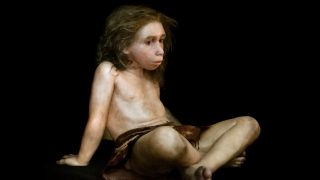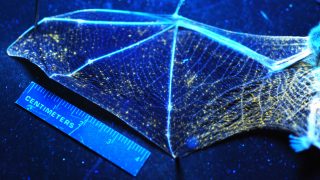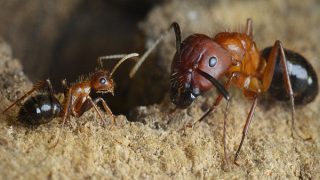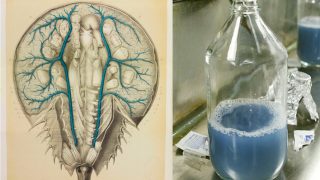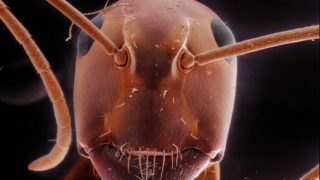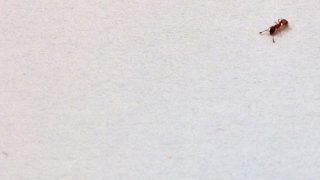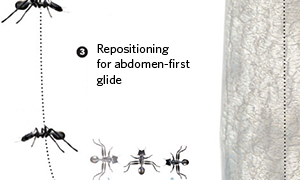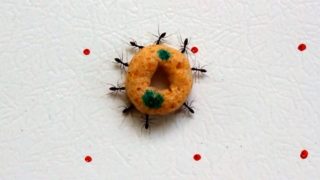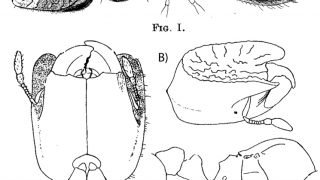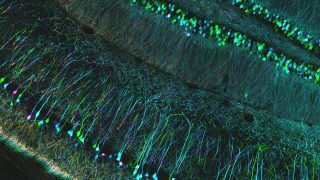
The secret power of lysosomes to cure Parkinson’s and Alzheimer’s
Biology • Biomedicine • Health • Medicine
What are lysosomes doing inside your cells? When I was in High School my teacher used to say that lysosomes are only the trash bin of the cell. 20 years later we have discovered a dozen new functions that make this small organelle a core component of the cell. You may already know that the […]
